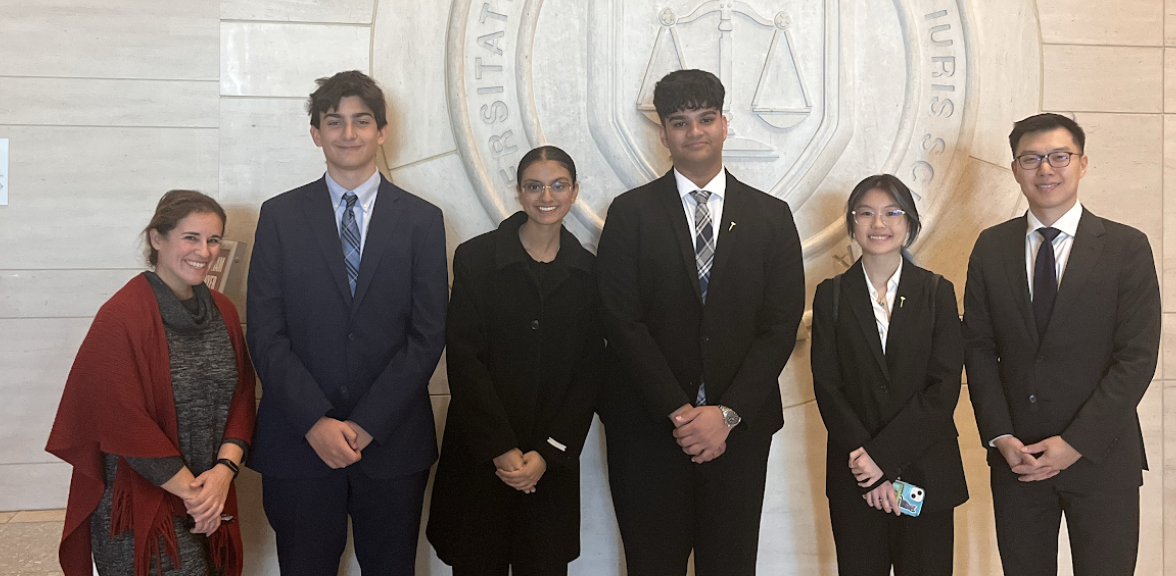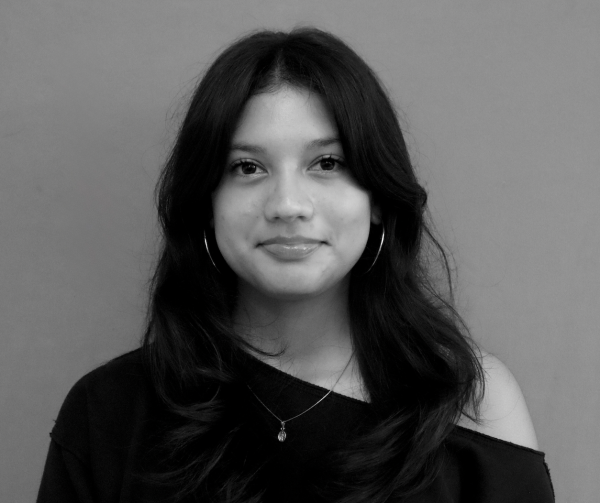Three judges, two petitioners, and two respondents — only ten minutes to argue their case. This is the complex world of Moot Court, which Junior Shivam Desai has been navigating since his freshman year.
Moot Court entails creating a strong argument to present to three judges who act as the Supreme Court and score each team. Each school has a team of four: the petitioners who appeal the case and the respondents who are responding to the case. Moot Court is modeled after real-life scenarios where people who have either lost a case choose to appeal to the Supreme Court in the hopes of getting a different verdict.
In the ten minutes that the teams are granted for their argument, they must answer whatever questions the judges throw their way, meaning they must thoroughly know their argument and be able to think on their feet.
This year, Cardozo’s own Moot Court Team made it to the city Quarterfinals after succeeding at wildcard. During four days of competition, the highest scoring eight schools pass on to Quarterfinals, while eight others are chosen for third and fourth place. These schools go on to wildcard, where only the best four teams move to Quarterfinals, which is the top 12 schools.
The first days of competition took place at Fordham Law School on Nov. 18 and 20.
Cardozo’s team of four speakers was composed of Bhaswi Singh and Steven Golfinopoulos, the petitioners, and Shivam Desai and Jacquelyn Lee, the respondents. The created case chosen for this year was about a student who got suspended for selling election related pins outside their school, it was their schools policy that you couldn’t engage in election related activities outside of the election assembly.
Although Cardozo’s team unfortunately did not pass to semifinals, they presented a valiant argument and have much to be proud of.
This year, the team was on a much tighter schedule, only given four weeks to prepare instead of their typical six weeks. This caused their practice to extend from Thursdays and Fridays into the weekends and remaining weekdays.
Desai explains how members have to “fully commit to Moot Court since it is very time consuming, we have to know our arguments inside and out.” In order to even get on the team they must try out in the beginning of the school year.
Desai hopes to pursue a career in law after high school, planning to attend law school. In this way, Desai says being in Moot Court has heavily benefited him due to its focus on “constitutional law, the amendments, case law, and important supreme court rulings from the past.” He has also been able to connect with lawyers and judges who he says “have been involved in the process way longer than I’ve even been alive”, giving him insight on what he wants to do later in life.
To follow our Moot Court’s team on their journey, follow them on Instagram at @cardozomocktrial, the shared social media page for Moot Court and Mock Trial.


